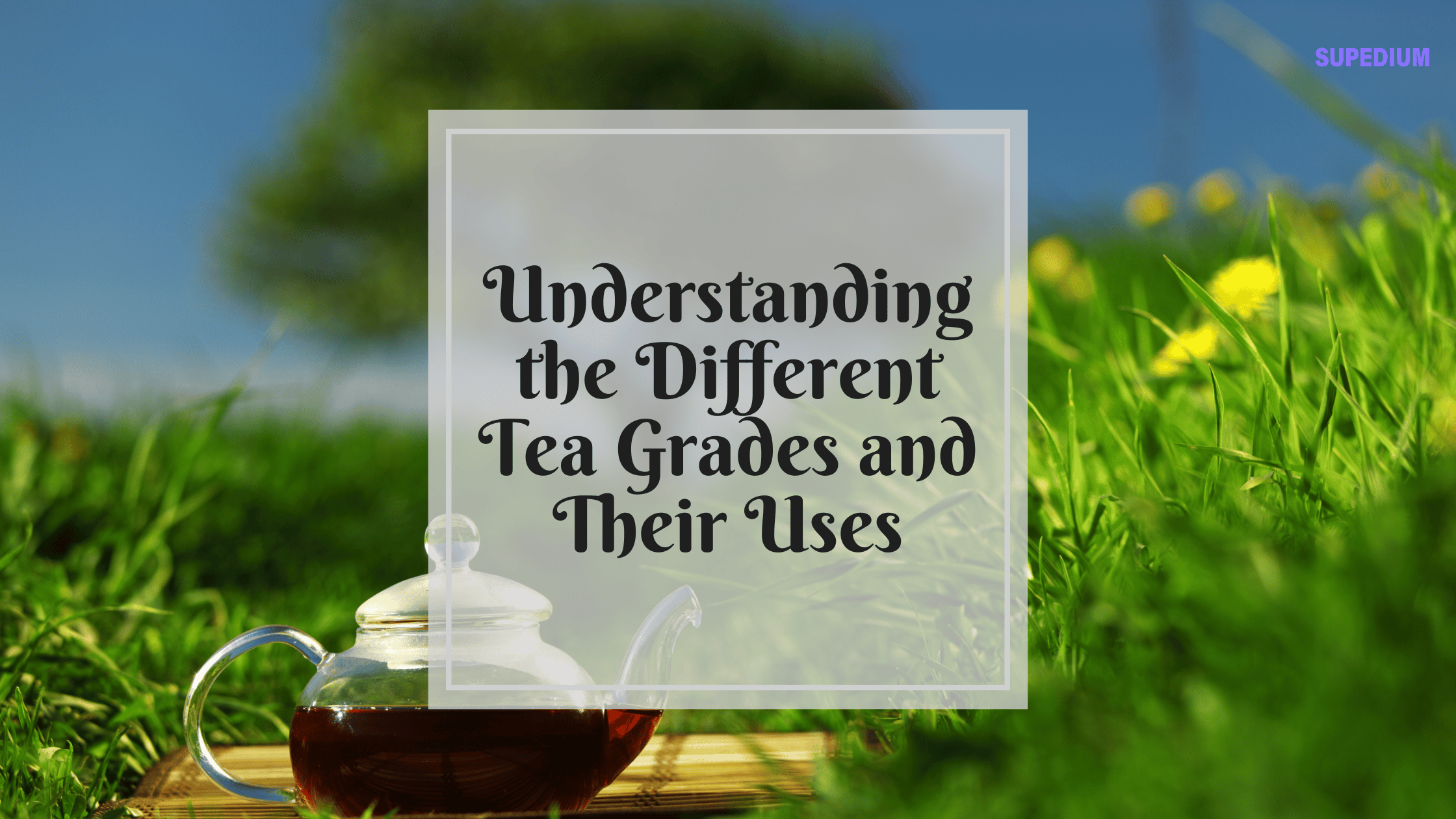Table of Contents
- 1 How psychologists utilize holism to understand the behaviour?
- 2 A Closer Look
- 3 How It’s Used
- 4 Benefits
- 5 It Incorporates Many Factors
- 6 It Looks at the Big Picture
- 7 Drawbacks
- 8 It Tends to Be Non-Specific
- 9 It Could Be Too Complicated
- 10 Cases in Psychology
- 11 Gestalt Psychology
- 12 Humanistic Psychology
- 13 Social Psychology
- 14 Holism vs. Reductionism
- 15 A Word From Supedium
![]()
How psychologists utilize holism to understand the behaviour?
Holism is an approach to understanding the mind On taking a look at things as a whole, and behaviour that focuses. It’s often contrasted with reductionism, which rather attempts to break things down into their smallest parts.
Indicates that individuals are more than the amount of the parts. To comprehend how folks think, holism indicates that you will need to do more than focus on each element functions in isolation. Rather believe that it’s more important to examine how the parts work together.
A Closer Look
In psychology, holism is used as an approach to understanding methods As in areas such as ecology, philosophy, medicine, and economics. 1 key phrase that summarizes the important idea behind the holistic approach is that”the whole is more than the sum of its parts.”
To understand why people do the things they believe and do the They think, holism suggests it is necessary to check at the person. Instead of a focus on one part of the problem, it’s necessary to recognize that factors affect and interact with each other.
One reason why it’s so important to take into account the whole being is that the whole may have emergent properties. All these are characteristics or attributes that exist in the whole but can’t be observed by taking a look at the bits.
Think about the human mind. The brain Includes countless neurons, But looking at each neuron won’t let you know exactly what the mind can do. It’s only by taking a look at the brain, by considering how all of the pieces work together, which you could see how messages are transmitted, how memories are saved, and how decisions are made. Even looking at other elements of the brain like the individual structures doesn’t tell the entire story. It’s only when taking a holistic approach which we can love how all the pieces work together.
Actually, among the earliest debates in the field of neurology Centered on whether the mind was optional and may not be broken down further (holism) or if specific functions were localized in certain cortical regions (reductionism). These parts interact and work together to make and influence functions, although researchers recognize that certain areas of the brain behave in ways.
How It’s Used
When researchers might take a By considering different elements interact to affect the person and work together with a holistic approach. At every influence which may impact functioning or behaviour, holism would look at the broadest level.
A humanistic psychologist, By way of example, might consider a person’s environment (such as where they live and work), their social connections (like friends, family members, and co-workers), their history (like youth experiences and educational level), and physical health (like current health and stress levels).
The level of analysis’ Objective is to consider Each of these factors might impact but to see how these factors interact and affect one another.
In other circumstances, holism may be focused. Social psychologists, By way of example, strive to comprehend groups act as they do. Groups respond differently than individuals do, so looking at group behaviour allows research to evaluate.
Benefits
The Same as the approach to psychology, holism has both advantages and disadvantages. When looking at the picture enables the psychologist to observe By way of instance, holism can be useful at times. In other circumstances, however, focusing on the entire might lead them to overlook a few of the finer details.
Some of the benefits of this perspective include:
It Incorporates Many Factors
One of the advantages of the approach is that it permits Factors which may contribute to an issue to be assessed by researchers. As opposed to simply focusing on one small section of an issue, researchers can look at each. This approach can help them find solutions that address all the contributing internal and external factors that might be influencing the health of an individual. This is more powerful than addressing smaller parts.
Healthcare providers can address by looking at people holistically All the factors which may affect how someone is feeling, including their body, their thoughts, and their surroundings.
It Looks at the Big Picture
When it helpful to step back and Have a look at the big picture. Holism enables psychologists to look at the forest, although reductionism tends to concentrate on the trees. This may be true of the study and treatment.
When trying to help a customer Condition, as an instance allows mental health professionals to find all the things that impact the patient’s daily life, and the patient disagrees with their surroundings. Therapists can deal with symptoms.
Human behaviour is complex, so explaining it requires an approach that can account for this complexity. Holism allows researchers to supply a response about how people think, feel, and act.
Drawbacks
There are some drawbacks, while holism has several important benefits. Some of them include:
It Tends to Be Non-Specific
When It’s often important to focus on a Facet of the issue in order. Holism tends to be generalized, which can make precision challenge. Scientists, in particular, has to have the ability to concentrate their study on defined hypotheses and variables. Looking at something can make it hard to conduct evaluations using the method because it influences and incorporates many factors.
It Could Be Too Complicated
It may make scientific Since holism is Investigations challenging and complicated. There may be a plethora of interactions, in addition to many factors to account for. This can make this strategy unwieldy occasionally.
Cases in Psychology
There are several cases in the field of psychology of how Holism may be used to see behaviour and the human mind. The ancient schools of thought, structuralism and functionalism, are great examples of reductionist and holistic perspectives. Structuralism focused on breaking down components of behaviour into their smallest possible components (reductionism), whereas functionalism focused on taking a look at things as a whole and considering the true purpose and function of behaviours (holism).
Throughout history, there have been other viewpoints and branches of psychology who have also taken a holistic approach.
Gestalt Psychology
Gestalt psychology is a school of thought that’s rooted in holism. The Gestalt psychologists are not merely thought that human behaviour required to be regarded as a whole; they also worked to understand how the human mind itself utilizes a holistic approach to make sense of the world.
The Gestalt laws of perceptual organization, Demonstrate the ways it can affect how they are seen by us. When similar things are viewed the law of similarity suggests that individuals will perceive them.
Humanistic Psychology
Humanistic psychology is a branch of psychology that emerged in the 1950s partly as a response to behaviourism. Where behaviourism Had taken a reductionist approach to describe behaviour thinkers are interested in taking a look at behaviour holistically. This approach to psychology looks at all the factors that contribute to the way people behave and think, in addition to how all of these components interact.
Abraham Maslow’s famous hierarchy of needs Is 1 example of a concept that requires a look. This theory does not focus on any single component of motivation. It incorporates many aspects including ecological influences.
Social Psychology
Social psychology Tends because it believes individuals within their social context, to have a holistic approach. Specifically, this branch of psychology looks at how group behaviour is different than behaviour, which is the amount and a fantastic example of properties.
Holism vs. Reductionism
One way to look at reductionism and holism are used is to watch When studying a particular issue these approaches may be implemented.
Imagine that researchers are interested in knowing more about melancholy.
- A scientist working with the reductionist approach might look at an extremely specific element that affects depression, such as neurotransmitter levels in the brain.
- A researcher with the holistic approach may instead concentrate on understanding how different contributing factors may interact, like analyzing how thought patterns, social relationships, and neurotransmitter levels affect someone’s depression levels.
A Word From Supedium
Much of holism’s allure lies in its ability Of the components that make us who we are. People are complex And diverse, and holism can address the external and all Factors that affect our past and future. Different Areas of psychology tend to concentrate on the or either one strategy other. Even though holism and reductionism are pitted against one Another, they serve an essential function in helping researchers Understand psychology.
Share This




Be the first to comment